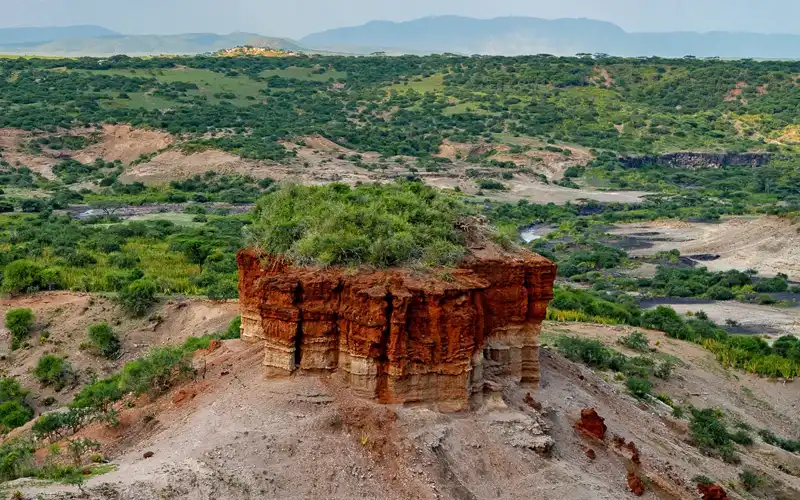Ngorongoro Conservation Area
Ngorongoro Conservation Area
Overview
Welcome to the Ngorongoro Conservation Area, a UNESCO World Heritage Site and one of Tanzania’s most iconic safari destinations. Renowned for its breathtaking landscapes, abundant wildlife, and the famous Ngorongoro Crater, this conservation area promises an unforgettable safari experience unlike any other.
The Ngorongoro Conservation Area covers an area of approximately 8,292 square kilometers, encompassing a variety of habitats ranging from grasslands and woodlands to montane forests and volcanic craters. At the heart of the conservation area lies the Ngorongoro Crater, a natural wonder and one of the most spectacular wildlife destinations in Africa.
Key Attractions
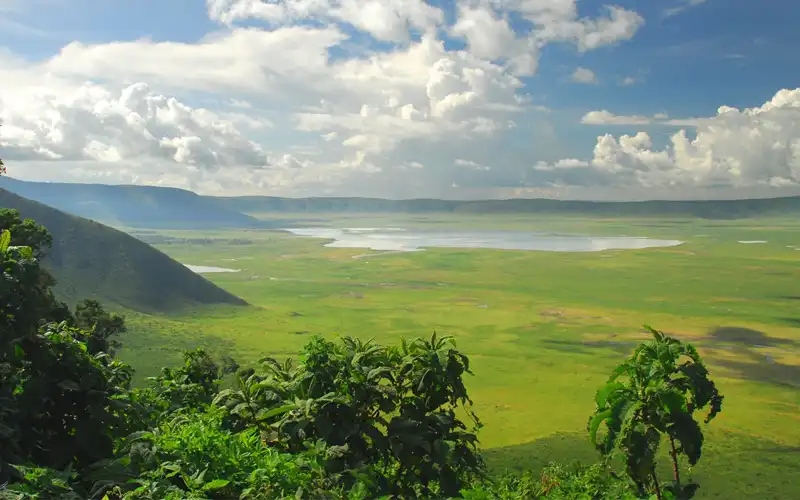
Ngorongoro Crater
Olduvai Gorge
Known as the “Cradle of Mankind,” Olduvai Gorge is an archaeological site located within the conservation area. It is one of the most important paleoanthropological sites in the world, where some of the earliest human fossils and stone tools have been discovered.
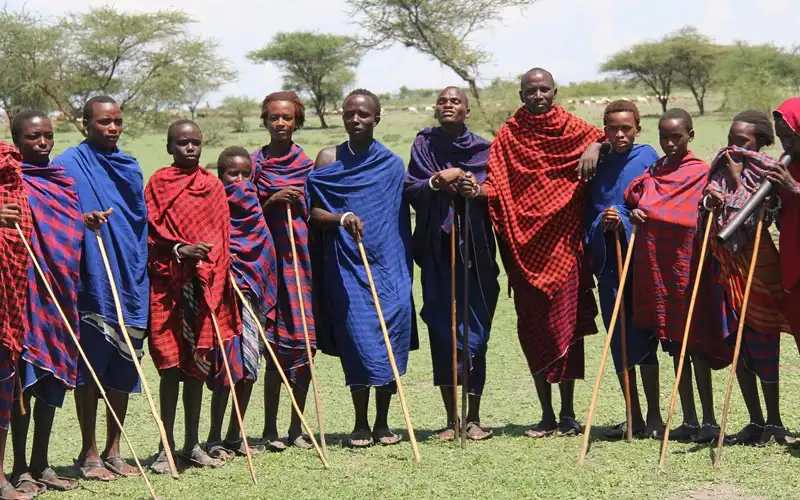
Maasai Culture
The Ngorongoro Conservation Area is home to the Maasai people, one of Tanzania’s most iconic indigenous tribes. Visitors have the opportunity to learn about Maasai culture and traditions through cultural tours and visits to Maasai villages.
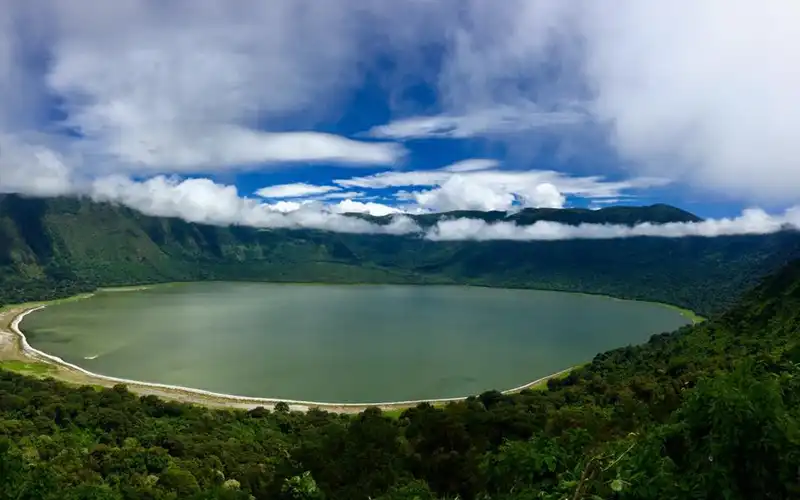
Empakaai Crater
A lesser-known gem within the conservation area, Empakaai Crater is a scenic volcanic caldera with a picturesque soda lake at its center. The crater offers stunning views and excellent hiking opportunities, with chances to see flamingos and other birdlife.
Wildlife in Ngorongoro Conservation Area
The Ngorongoro Conservation Area boasts an incredible diversity of wildlife, thanks to its varied habitats and abundant water sources. Some of the animals you may encounter include:
- Big Five: Lions, elephants, buffaloes, leopards, and rhinos.
- Other Predators: Cheetahs, hyenas, and jackals.
- Herbivores: Wildebeests, zebras, gazelles, giraffes, hippos, and more.
- Birdlife: With over 500 bird species recorded, including flamingos, ostriches, eagles, and vultures.
Safari Activities in Ngorongoro Conservation Area
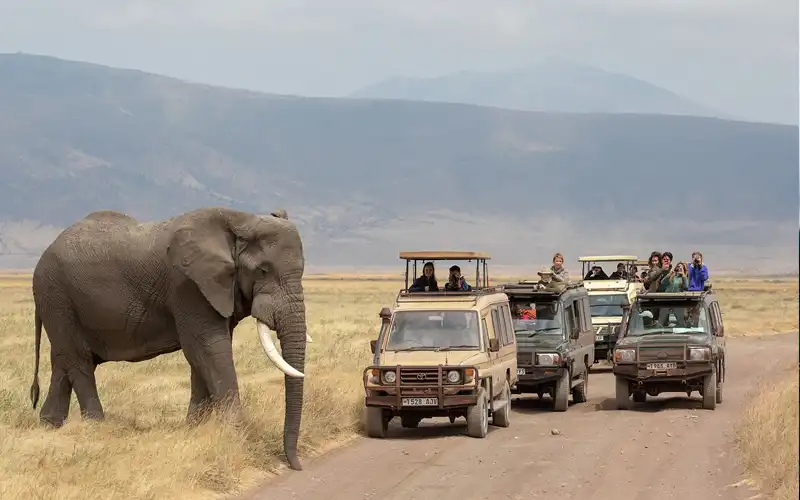
Ngorongoro Crater Game Drive
Experience the unparalleled wildlife viewing opportunities of the Ngorongoro Crater on a guided game drive. The crater’s enclosed ecosystem provides excellent chances to see a wide variety of animals up close.
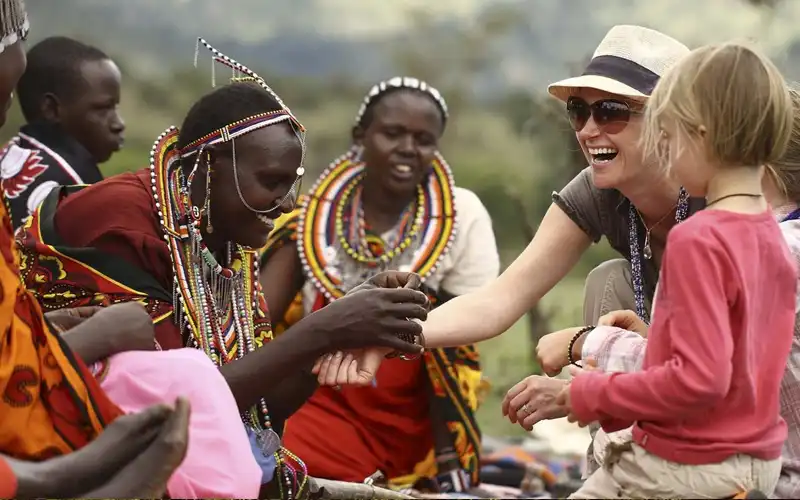
Cultural Tours
Immerse yourself in Maasai culture with cultural tours and visits to Maasai villages. Learn about traditional customs, dances, and rituals, and gain insight into the daily lives of the Maasai people.
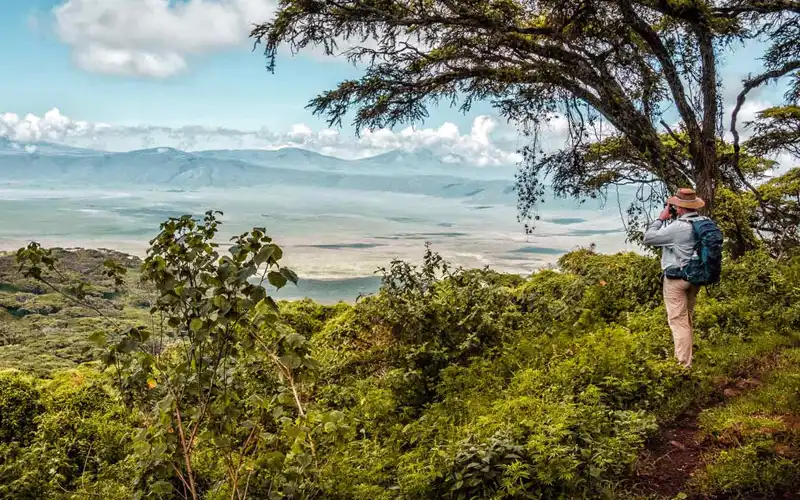
Hiking and Trekking
Explore the conservation area’s diverse landscapes on foot with guided hiking and trekking tours. Whether it’s a hike into the Empakaai Crater or a trek through the Gol Mountains, there are plenty of opportunities for outdoor adventure.
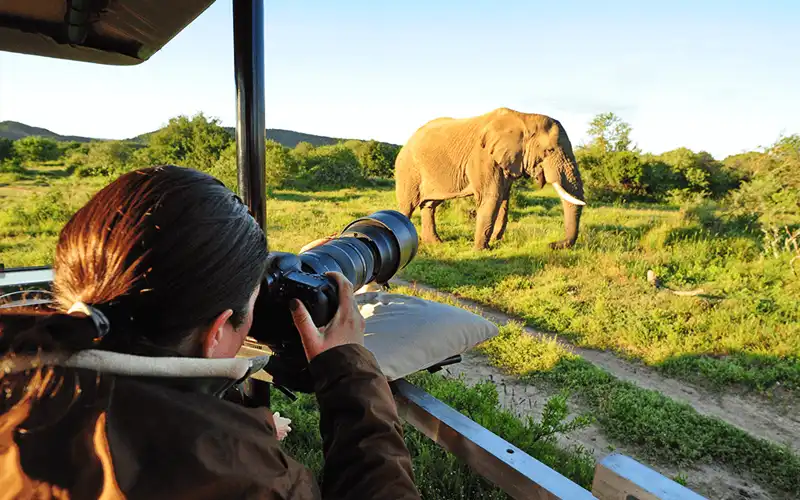
Photography Safaris
Capture the beauty of the Ngorongoro Conservation Area and its wildlife with photography safaris led by experienced guides. From sweeping landscapes to intimate wildlife encounters, there’s no shortage of photo opportunities.
Best Time to Visit
The Ngorongoro Conservation Area can be visited year-round, but the best time for wildlife viewing is during the dry season from June to October. This is when animals congregate around water sources, making them easier to spot. The wet season from November to May is ideal for birdwatching and lush green landscapes.
Accommodation
Accommodation options in the Ngorongoro Conservation Area range from luxury lodges and tented camps to budget-friendly campsites. Many lodges and camps offer stunning views of the surrounding landscapes, ensuring a comfortable and memorable stay amidst the wilderness.
Getting There
The Ngorongoro Conservation Area is easily accessible from Arusha, which is well connected by road and air. The area is approximately a three-hour drive from Arusha town, and private transfers and organized tours are readily available.
Why Visit Ngorongoro Conservation Area?
- Spectacular Wildlife: Experience some of the best wildlife viewing in Africa, with a chance to see the Big Five and a wide variety of other animals.
- Natural Wonders: Explore the stunning landscapes of the Ngorongoro Crater, Olduvai Gorge, Empakaai Crater, and Gol Mountains.
- Cultural Experiences: Learn about Maasai culture and traditions through cultural tours and visits to Maasai villages.
- Outdoor Adventures: Embark on hiking and trekking tours, photography safaris, and other outdoor activities amidst the conservation area’s diverse ecosystems.
The Ngorongoro Conservation Area offers a perfect blend of wildlife
Destinations
Tanzania Popular Tour Destinations
Top Pick Tanzania Tour Packages For You
Tanzania boasts Africa’s renowned parks, promising unforgettable luxury safaris. With expertly crafted itineraries, immerse yourself in the finest national parks for a tailored wildlife adventure.

